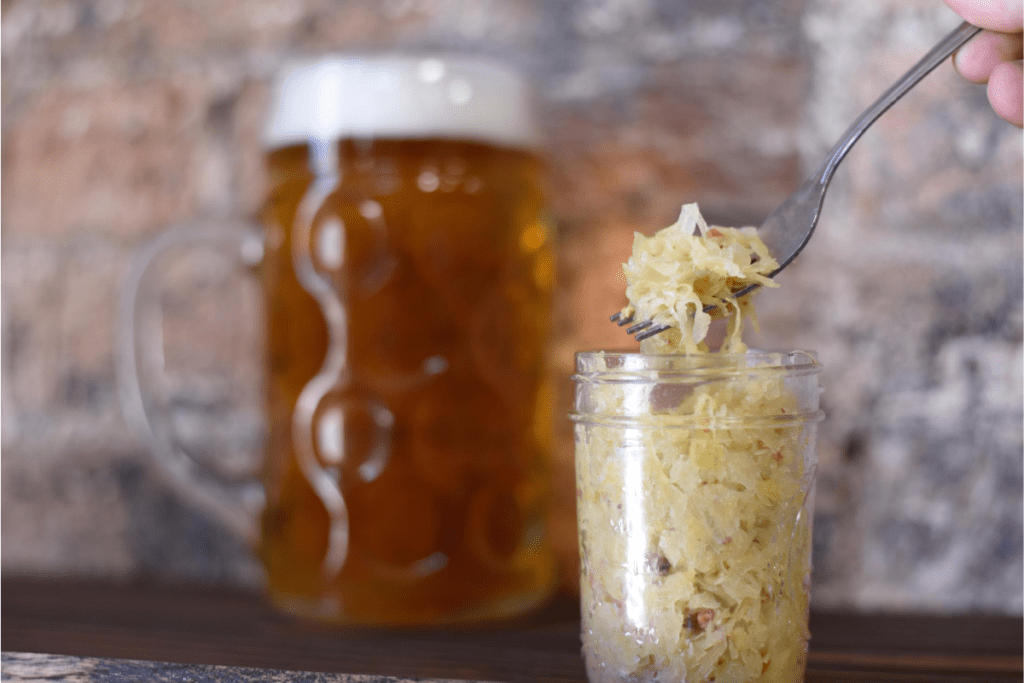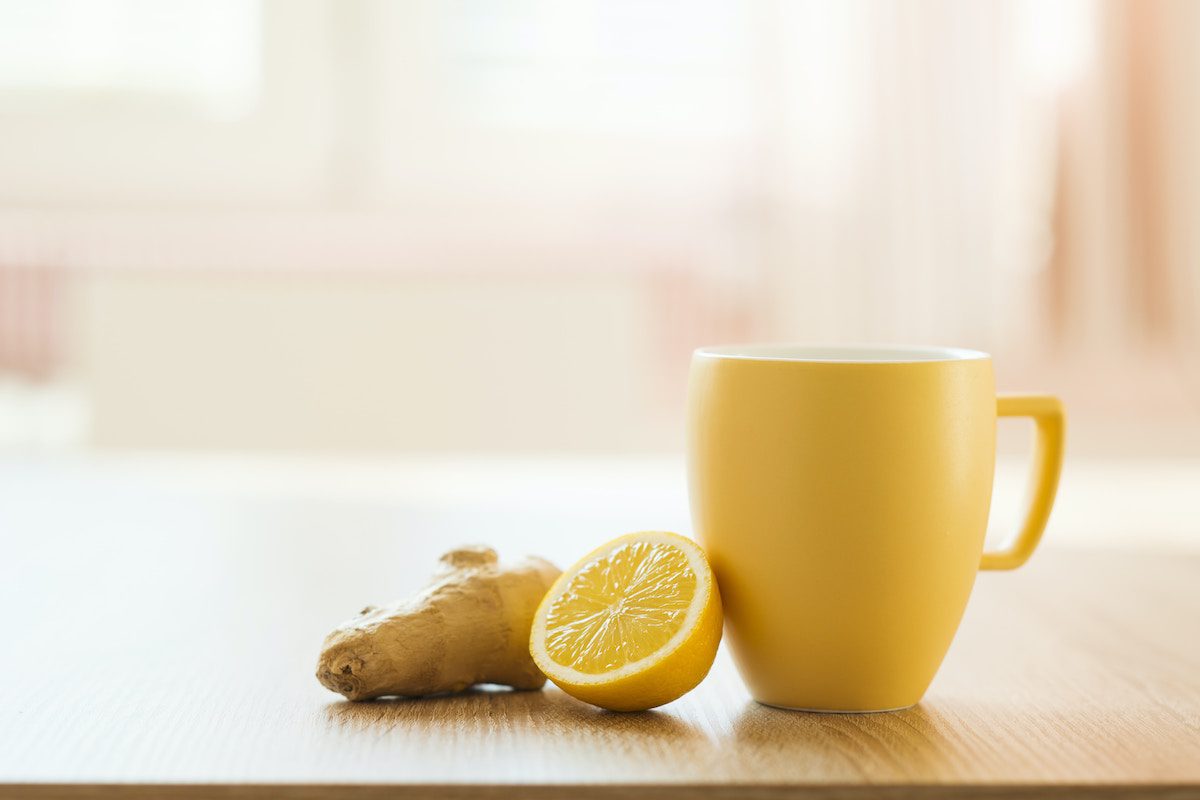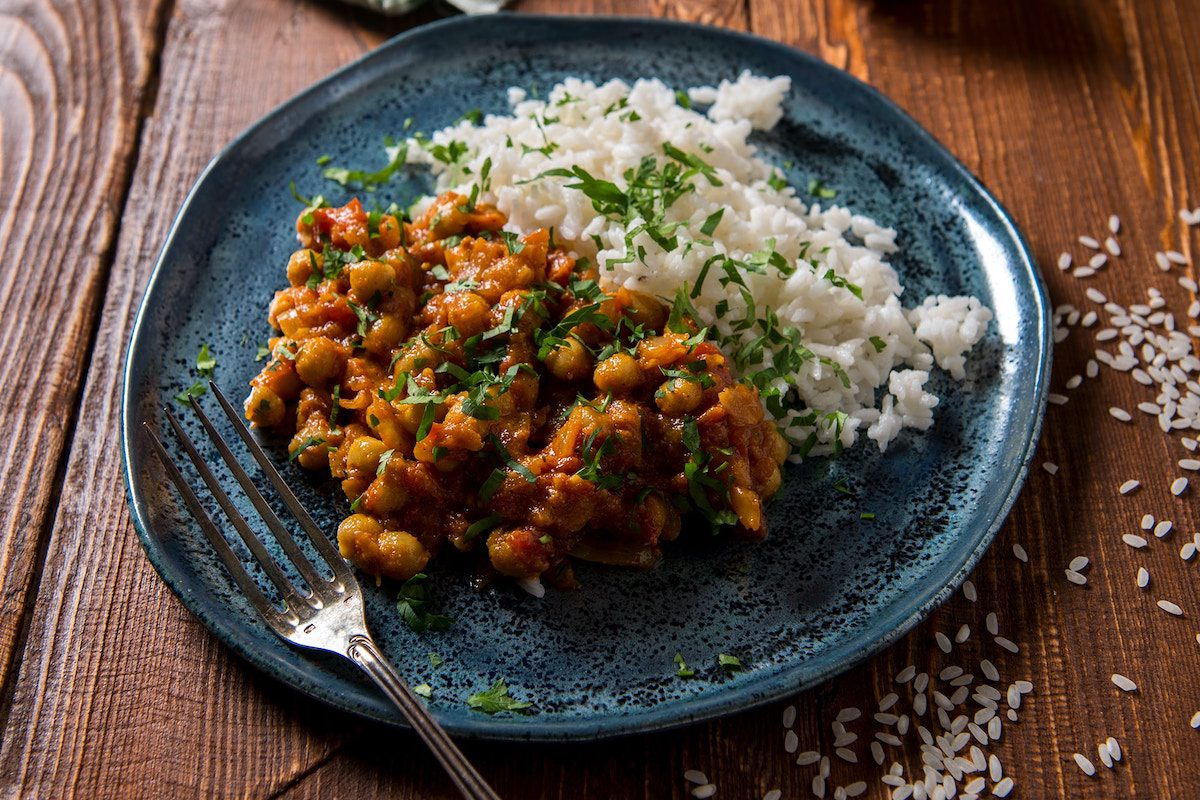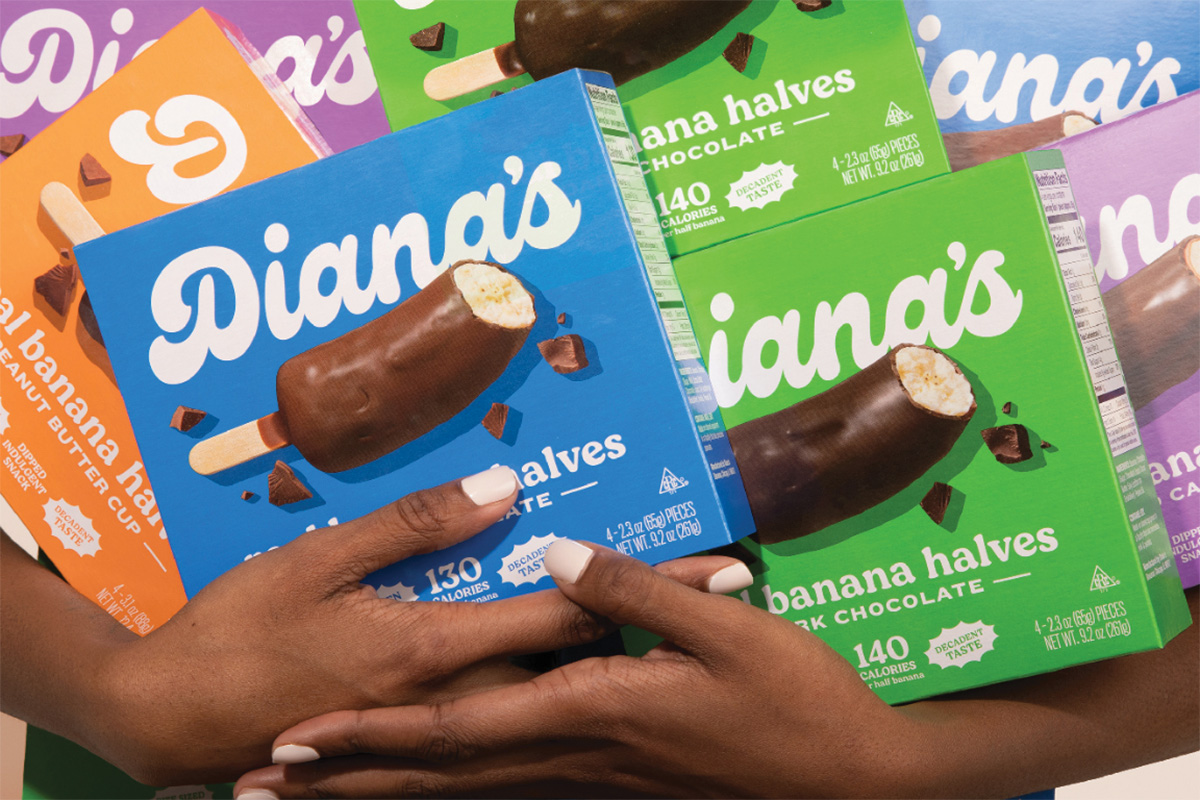The Beginner’s Guide to Fermenting Veggies
It would be an understatement to say I have a lot of extra time on my hands these days as I continue to mostly quarantine at home in New York City. In my boredom, I recently picked up a new hobby: making my own pickles. After doing a little research, I couldn’t believe how easy it was to ferment cucumbers—and I have to say, my homemade garlic dill pickles were so much tastier than anything store-bought. I now have three big mason jars full of pickles, which make a great side dish to my go-to at-home lunch, a turkey sandwich.

Not only are fermented vegetables delicious, they also have proven health benefits.
“Consuming fermented foods is a great way to provide the body with health promoting things like probiotics and antioxidants, for example,” notes Colleen Christensen, RDN. “This can help with gut health and keeping our bodies cells healthy, protecting against oxidative damage.” What’s more, because fermented foods have such a strong taste, this can help increase mindfulness while eating and make a meal more satisfying, says Christensen.
Just an FYI, there is a slight difference between pickling and fermenting. Pickled foods have simply been preserved in a brine, such as salty water or vinegar. There are no added health benefits.
Many fermented foods, like sauerkraut, are also preserved in a brine of salty water. But when you ferment a food, the microorganisms present, like yeast and bacteria, convert starch and sugar into alcohol or acid. These alcohols and acids preserve the food, contribute to the taste, and promote the growth of good bacteria (probiotics), hence the health benefits. Beyond vegetables, beer, sourdough bread, and yogurt are other examples of fermented foods.
Want to pickle like a pro? I’ve rounded up the best advice from food and nutrition experts for beginners like myself.
How to ferment vegetables, according to experts
There are so many vegetables and other foods you can ferment, but one of the easiest (and yummiest) is cabbage.
“Homemade sauerkraut is a very easy food to make at home,” says Christensen. “You really only need a few ingredients: cabbage, salt, and maybe some spices.” (Christensen likes this easy homemade sauerkraut recipe.)
To ferment your own veggies, you’ll combine them with salt, water, and your seasonings of choice (sugar, spices, herbs, etc.) in a mason jar, weighing them down into the brine if necessary. Keep the jar at room temp until your veggies are done fermenting. You’ll know they’re done if you see bubbles in the brine and the veggies smell sour (but still tasty!).
“One of my favorite ways to pack some fermented foods into my day is to add sauerkraut to a sandwich, like this turkey avocado sandwich with sweet potato spread or to pop some fermented veggies into a cheesy quesadilla,” says Christensen. Other good veggies to pickle include radishes and carrots, she says.
Crystal Reinwald, professional chef, is also a fan of making sauerkraut, as well as preserved lemons and kombucha.
“When Meyer lemons are in season, I make multiple jars of this and then give them away during the holidays or as a hostess gift,” she says. “Citrus is one of my favorite ingredients and these give you another way of using them.”
Reinwald explains that the finished lemons are salty and tender. “Traditionally, you are supposed to discard the inside and just use the rinds but I love using the whole lemon in my cooking.” (Keep in mind that preserved lemons are super-salty so you’d want to taste your dish before adding any salt, Reinwald points out.)
Reinwald recommends using whole herbs and spices to ferment since powdered spices and dried herbs can spoil. She also suggests using filtered or purified water and sea salt or non-iodized salt as well as the freshest, highest-quality vegetables you can find for best results.
What equipment do you need to ferment vegetables?
When it comes to equipment, you don’t need much as a novice.
“I personally love mason jars to start with,” says Reinwald. “Eventually, you start to collect more things such as crocks and special fermentation jars and lids but mason jars are the best to start with.” At some point, you may want to invest in fermentation weights, says Reinwald, which will help keep your veggies submerged in their brine. (Here’s a fermentation weight Reinwald likes.)
Christensen and Reinwald agree sanitation is key while fermenting. “Sanitize, sanitize, sanitize,” says Reinwald. “Wear gloves and be careful of cross-contamination.”
Per the University of Minnesota, “Fermented pickles require sufficient acidity to prevent the growth of Clostridium botulinum and possible toxin production.” Follow the University of Minnesota’s food safety instructions to prevent bacteria growth during the fermentation process.
How to store your pickled veggies
Once you’re done fermenting, store your jar in the fridge for maximum taste and shelf life, says Reinwald. Every pickled food has a different shelf life, though, says Reinwald, so keep track. “Something like sauerkraut will slowly continue to ferment nicely and you can eat it even a year later, but something such as fruit will actually turn to alcohol—think prison hooch—after a few weeks,” she says. Pickles, on the other hand, last about four to nine months, according to the University of Minnesota.
How to make preserved lemons
Want to try your hand at fermenting? Here’s Reinwald’s go-to recipe for preserved lemons:
Ingredients:
- 6-10 Meyer lemons
- Sea salt
- Glass weights
- Quart-size mason jar(s) with lid
Directions:
Wash lemons and remove stickers from peel. Trim the very ends of each lemon to cut off any stems. Slice each lemon into quarters without completely cutting through. To do this, stand the lemon up lengthwise and slice almost through it, then turn the lemon a quarter of the way and do it again. Sprinkle the inside of each lemon with a generous amount of sea salt and start packing them into your jar. Sprinkle each layer with a layer of salt.
As you add lemons, press them down into the jar so they become compact and start to release some of their juice. When you push them down, make sure the brine covers them. If there isn’t enough juice, you may need to juice a lemon and add more. If using a weight, place it on top of the lemons and seal the jar.












